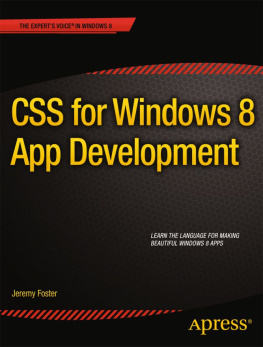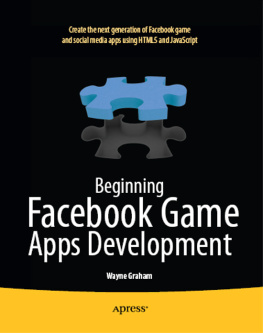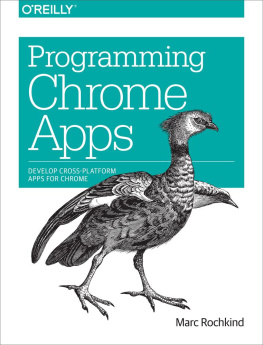USING APPS FOR LEARNING ACROSS THE CURRICULUM
The authors take an eminently practical approach, informed by several of the most important perspectives in our field today: literacy as social practice, literacy and learning affordances, and multi-modal learning contexts. This book and the accompanying wiki will delight you with an extensive array of new apps and new ideas that you can use immediately in your classroom.
Donald J. Leu, Neag Endowed Chair in Literacy and Technology at the Neag School of Education, University of Connecticut
This book is well-suited to provide educators with the knowledge, skills, and dispositions needed to use iOS and Android apps in the classroom. Most of the other books in this field are solely print-based, or do not contain the mix of theory and practice, or do not include sound scholarship and online resources. Using Apps for Learning Across the Curriculum contains all of these elements and more.
W. Ian OByrne, Assistant Professor of Education and Coordinator of the Sixth Year Diploma in Instructional Technologies and Digital Media Literacy, University of New Haven
Richard Beach is Professor Emeritus, Department of Curriculum and Instruction, University of Minnesota, USA.
David OBrien is Professor, Department of Curriculum and Instruction, University of Minnesota, USA.
How can apps be used to foster learning with literacy across the curriculum? This book offers both a theoretical framework for considering app affordances and practical ways to use apps to build students disciplinary literacies and to foster a wide range of literacy practices.
Using Apps for Learning Across the Curriculum
presents a wide range of different apps and also assesses their value;
features methods for and apps related to planning instruction and assessing student learning;
identifies favorite apps whose affordances are most likely to foster certain disciplinary literacies;
includes resources and apps for professional development;
provides examples of student learning in the classroom.
A website (www.usingipads.pbworks.com) with resources for teaching and further reading for each chapter, a link to a blog for continuing conversations about topics in the book (www.appsforlearningliteracies.com), and more enhance the usefulness of the book.
USING APPS FOR LEARNING ACROSS THE CURRICULUM
A Literacy-Based Framework and Guide
Richard Beach and David OBrien

First published 2015
by Routledge
711 Third Avenue, New York, NY 10017
and by Routledge
2 Park Square, Milton Park, Abingdon, Oxon OX14 4RN
Routledge is an imprint of the Taylor & Francis Group, an informa business
2015 Taylor & Francis
The right of Richard Beach and David OBrien to be identified as authors of this work has been asserted by them in accordance with sections 77 and 78 of the Copyright, Designs and Patents Act 1988.
All rights reserved. No part of this book may be reprinted or reproduced or utilized in any form or by any electronic, mechanical, or other means, now known or hereafter invented, including photocopying and recording, or in any information storage or retrieval system, without permission in writing from the publishers.
Trademark notice: Product or corporate names may be trademarks or registered trademarks, and are used only for identification and explanation without intent to infringe.
Library of Congress Cataloging in Publication Data
Beach, Richard.
Using apps for learning across the curriculum: a literacy-based framework and guide/Richard
Beach, David OBrien.
pages cm
Includes bibliographical references and index.
1. Application software. 2. Internet in education. 3. Educational technology.
4. Tablet computers. I. OBrien, David G. II. Title.
QA76.76.A65B38 2014
371.33dc23
2014015384
ISBN: 978-1-138-78262-4 (hbk)
ISBN: 978-1-138-78263-1 (pbk)
ISBN: 978-1-315-76912-7 (ebk)
Typeset in Bembo
by Swales & Willis Ltd, Exeter, Devon, UK
CONTENTS
PART I
A Literacy-Based Framework for Using Apps |
PART II
Guidelines and Classroom Examples for Using Apps |
PART III
Professional Development |
Students are increasingly using mobile devices in the classroom for academic purposes. These devices are ubiquitous; portable; have intuitive touch features; and allow for image, audio, and video productions. Given this increased use of mobile devices, teachers are also employing apps supported by these devices.
However, overwhelmed with the availability of hundreds of thousands of appsas of 2014, about 500,000 iOS apps and about 600,000 Android appsteachers face the challenge of knowing how and why to use apps to foster learning in their classrooms. The purpose of this book is to provide a framework for thinking about how to employ these apps in ways that will foster learning with literacy across the curriculum. In thinking about the uses of apps, we focus on how apps foster use of literacy practices involved in accessing/assessing information, reading, writing, engaging in discussion, creating and reading images, using audio/video, and using games/simulation. For example, we describe how uses of annotation apps for responding to texts can be used to engage students in collaborative discussions about those texts.
Also, we describe how use of these literacy practices supports students in acquiring certain disciplinary literacies unique to English language arts, social studies, science, math, art, and music. For example, use of the affordances of mapping apps is supportive of learning geography in social studies classes while use of the affordances of drawing apps is supportive of learning in art classes.
We believe that our book is unique in that it goes beyond simply describing apps as found in app recommendation sites or books about apps to provide a framework for thinking about the uses of apps within the larger context of literacy learning across the curriculum. Teachers from different subject matter areas can use this framework to collaboratively devise activities supporting cross-disciplinary literacy learning so that students are using the same or similar apps in different courses. For example, teachers can plan activities involving use of annotation apps for students to share and build on each others synthesis responses to their reading.
Teachers can also use this framework for devising criteria to assess students learning in terms of their ability to employ certain literacy practices, for example, assessing students on their ability to employ annotation apps to synthesize their understanding of texts.
This book also provides readers with a number of features related to suggestions for using apps in the classroom through:
descriptions of uses of app affordances supporting particular literacy practices related to accessing information, reading, writing, discussing, image/audio/video production, gaming, and reflection associated with learning in different subject matter areas for further resources and reading on uses of apps;
connections between use of certain literacy practices and addressing the Common Core Standards;
examples of classroom uses of apps demonstrating how students learn to employ disciplinary literacies through their uses of apps;
links to apps designed for use in fostering specific literacy practices for iOS apps, to the iTunes Store; Android apps, to the Google Play Store; and Chrome OS apps, to the Chrome Store;

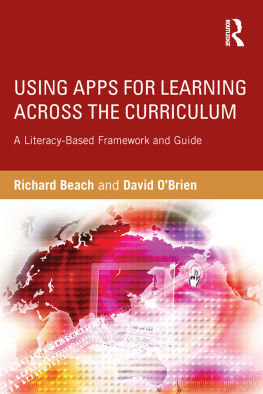
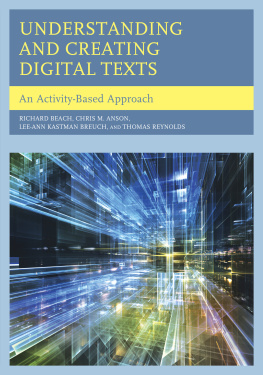
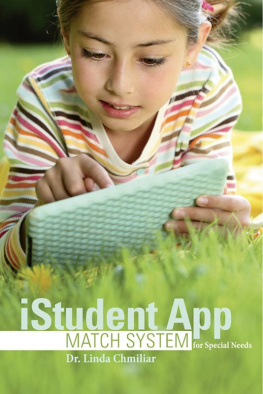
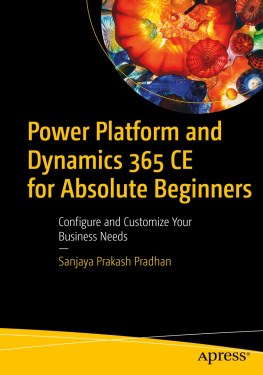
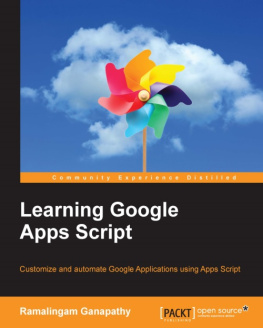
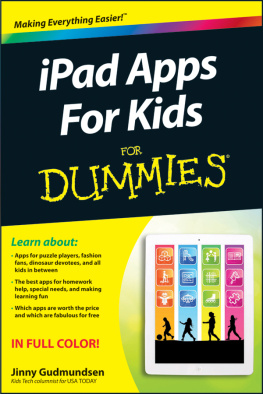
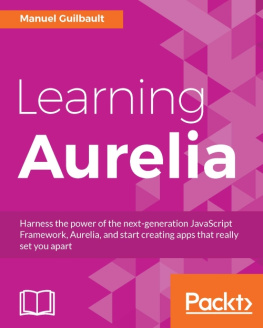

![Coleman Jason - Building Web Apps with WordPress [WordPress as an application framework]](/uploads/posts/book/171277/thumbs/coleman-jason-building-web-apps-with-wordpress.jpg)
